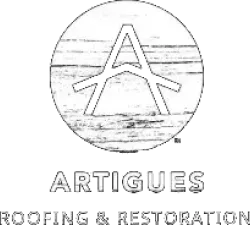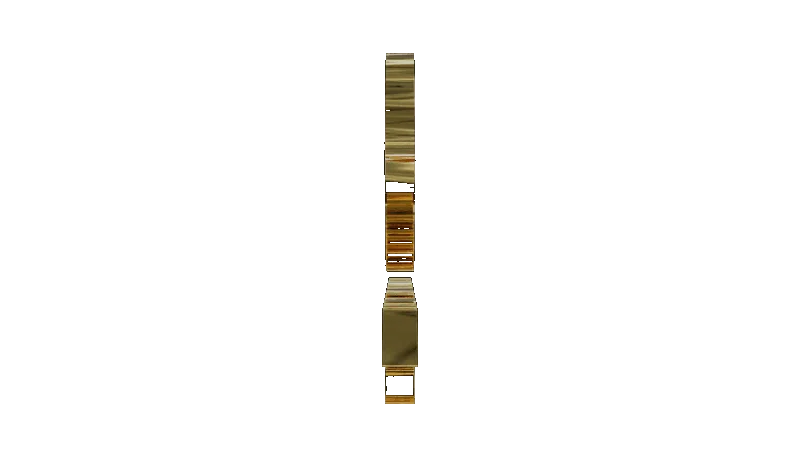
The History of Charleston, South Carolina: Architectural Heritage and Cultural Evolution
Charleston, South Carolina, is a city renowned for its rich history, architectural splendor, and distinctive Southern charm. As one of the oldest cities in the United States, Charleston has played a pivotal role in American history, from its colonial beginnings to its prominence in the antebellum South and its transformation into a modern cultural hub.
Let’s explore Charleston’s historical journey, with a focus on its architectural heritage, particularly the influence of roofing and building styles that have come to define its iconic skyline.
Colonial Beginnings and Early Development
Founded in 1670, Charleston, originally named Charles Town in honor of King Charles II of England, quickly became a vital port city for the Carolina colony. Its strategic location along the Atlantic coast made it a central hub for trade, commerce, and immigration. The city’s early architecture was heavily influenced by English colonial styles, characterized by simple, functional designs that suited the hot, humid climate of the Lowcountry.
As Charleston grew, its architecture began to reflect a blend of European influences, including Georgian, Federal, and later, Greek Revival styles. The city’s layout, with its narrow streets and densely packed buildings, was designed to accommodate its burgeoning population and bustling trade activities.
Roofing styles during this period were typically gabled or hipped, with materials such as wood shingles and slate commonly used due to their availability and durability. Wooden shingles were especially popular because they withstood the coastal climate and provided a traditional aesthetic. Over time, advancements in materials and construction methods have led to more modern roofing alternatives, but the charm of Charleston’s historic rooflines remains a testament to the city’s rich architectural legacy.
The Golden Age: Antebellum Architecture
The antebellum period marked a golden age for Charleston, as its economy flourished due to the lucrative plantation system and the export of rice, indigo, and cotton. Wealthy planters and merchants invested in grand homes and public buildings, many of which remain iconic landmarks today. The Charleston Single House, a distinctive architectural style unique to the city, emerged during this time. These narrow, two- or three-story homes were designed to maximize airflow, with long piazzas and side-facing entrances that provided shade and ventilation.
Roofing played a critical role in these designs, with steeply pitched roofs and overhanging eaves that helped protect against the intense sun and frequent rains. Metal roofing, particularly copper, became popular due to its longevity and ability to withstand the coastal climate. The use of ornate ironwork, adorning gates, balconies, and staircases, added to the city’s architectural allure and continued to be a hallmark of Charleston’s charm.
Civil War and Reconstruction
Charleston’s prosperity was dramatically altered by the Civil War. As a hotbed of secessionist sentiment, the city was the site of the first shots of the war at Fort Sumter in 1861. The conflict caused significant destruction, with the Union blockade crippling the economy and numerous fires, most notably the Great Fire of 1861, devastating large parts of the city.
The post-war Reconstruction era was a time of rebuilding and adaptation. Many grand homes and public buildings were restored, while others were repurposed to serve new functions in a changing economic landscape. Architectural innovation during this period often involved the use of local materials and adaptive reuse, as resources were limited.
Roofing materials like tin and corrugated metal became increasingly popular during this time. These affordable, durable materials provided reliable solutions for both residential and commercial roof restoration efforts, ensuring long-lasting protection and value for rebuilding Charleston’s damaged structures.
Twentieth Century Preservation and Modern Growth
The 20th century marked a turning point for Charleston, as efforts to preserve its historic architecture gained momentum. In 1931, Charleston established the nation’s first historic district, recognizing the importance of conserving its architectural heritage. This commitment to preservation has been integral to maintaining the city’s unique character, with strict guidelines ensuring that new developments complement the historic fabric of the city.
The architectural landscape of Charleston is a testament to its dedication to historic preservation and modern design. The preservation movement in Charleston has protected historic buildings while fostering a vibrant cultural renaissance, attracting both tourists and new residents. Modern Charleston architecture seamlessly blends traditional elements with contemporary design, including the use of standing seam metal roofs and reclaimed materials. This combination of old and new reflects a deep respect for Charleston's history while embracing innovative, durable roofing solutions that meet today’s design and sustainability standards.
Roofing Styles of Charleston: Blending the Old with the New
The roofing styles of Charleston reflect the city’s rich history, with a clear evolution from traditional materials to modern innovations. Here’s an overview of the major roofing styles used in Charleston:
Wooden Shingles: Traditionally, wood shingles were used in early Charleston homes and buildings due to their availability and coastal resilience. Although no longer as common, they remain an important feature in the city’s historic structures, often seen in restored buildings.
Slate Roofing: For wealthier homes and grand public buildings, slate roofing was preferred for its durability, fire resistance, and aesthetic appeal. Slate roofs can still be seen on some of Charleston’s most prominent historic buildings and are a cherished part of its architectural heritage.
Copper and Metal Roofing: With the development of more durable and weather-resistant materials, metal roofing (including copper) became a popular choice during the antebellum period and continues to be a hallmark of Charleston’s architectural identity. Copper’s longevity and ability to withstand coastal elements made it an ideal roofing material. Today, standing seam metal roofs are common in both historic restorations and new developments, offering a seamless, energy-efficient solution for Charleston’s homes.
Tin and Corrugated Metal: After the Civil War, the use of tin and corrugated metal roofing became more widespread. These materials offered a practical, cost-effective solution for rebuilding Charleston’s damaged buildings during the Reconstruction period. Today, these materials are still used in renovations and restorations to maintain the authenticity of Charleston’s historic architecture.
Charleston's Enduring Architectural Legacy
Charleston, South Carolina, is a city where history and architecture are inextricably linked. Its journey from a colonial port to a modern cultural center is reflected in its diverse architectural styles, which tell the story of the city’s economic, social, and cultural evolution. The city’s commitment to preserving its architectural heritage, including its distinctive roofing and building styles, ensures that Charleston remains a living museum of American history.
As Charleston continues to grow and evolve, it stands as a testament to the enduring legacy of its past and the vibrant possibilities of its future. The city's preservation movement and commitment to blending traditional and modern roofing styles ensure that Charleston will continue to showcase its architectural heritage, offering a glimpse into the city’s rich history while embracing the future.
AREAS WE SERVICE
NEED ANY ROOFING HELP? CALL US NOW!
GET YOUR FREE QUOTE OR INSURANCE CLAIM ASSESSMENT
By submitting your information, you agree to start receiving notifications and promotional SMS from Artigues Roofing. You can reply "stop" at any time to unsubscribe. I agree with the privacy policy and terms and conditions.
AREAS WE SERVICE

Go Above & Beyond with
Artigues Roofing &
Restoration
SERVICES
COMPANY
GET IN TOUCH
Email: [email protected]
Address: 75 Port City, Landing Suite 110. Mount Pleasant, SC. 29464.
NEED ANY ROOFING HELP? CALL US NOW!
GET YOUR FREE QUOTE OR INSURANCE CLAIM ASSESSMENT
By submitting your information, you agree to start receiving notifications and promotional SMS from Artigues Roofing. You can reply "stop" at any time to unsubscribe. I agree with the privacy policy and terms and conditions.

Go Above & Beyond with
Artigues Roofing &
Restoration
SERVICES
COMPANY
GET IN TOUCH
Email: [email protected]
Address: 75 Port City, Landing Suite 110. Mount Pleasant, SC. 29464.





